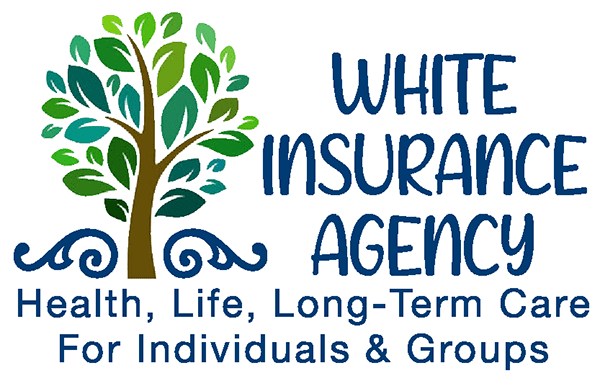
Navigating the world of health insurance can be challenging, especially for individuals and families with limited financial resources. Fortunately, several programs and options are designed to provide affordable and comprehensive coverage. Here’s a guide to help low-income individuals and families access the healthcare they need:
Medicaid: A Vital Safety Net
Medicaid is a state and federally-funded program that offers health coverage to eligible low-income individuals and families. Eligibility criteria vary by state, but generally, it includes those with low income, children, pregnant women, elderly individuals, and people with disabilities. Medicaid provides a range of essential services, including doctor visits, hospital stays, preventive care, and more.
Children’s Health Insurance Program (CHIP)
CHIP provides low-cost health coverage for children in families that earn too much to qualify for Medicaid but cannot afford private insurance. Each state administers its CHIP program, offering a range of services such as immunizations, doctor visits, dental care, and prescription medications. It ensures that children from low-income families receive the healthcare they need to thrive.
Affordable Care Act (ACA) Marketplace
The ACA Marketplace, also known as the Health Insurance Marketplace, offers a platform for individuals and families to explore and purchase private health insurance plans. Subsidies are available for those with low to moderate incomes, making coverage more affordable. The Marketplace provides a transparent way to compare different plans and find the one that best suits your needs and budget.
Community Health Centers: Accessible Care for All
Community Health Centers play a crucial role in providing affordable healthcare services to underserved communities. They offer a wide range of services, including primary care, dental care, mental health services, and preventive care. These centers are a valuable resource for individuals and families looking for accessible and comprehensive healthcare.
State-Sponsored Programs
Many states have additional programs that complement federal initiatives. These may include specific health insurance programs, prescription assistance, or targeted services for certain demographics. Check with your state’s health department to explore the full range of available resources.
Health Savings Accounts (HSAs) and Flexible Spending Accounts (FSAs)
For those with high-deductible health plans, HSAs and FSAs offer a way to save money tax-free for medical expenses. Contributions to these accounts can help offset out-of-pocket costs, providing financial flexibility for healthcare needs.
Telehealth Services: Virtual Access to Healthcare
Consider telehealth services as a convenient and cost-effective option for accessing healthcare. Telehealth allows individuals to consult with healthcare professionals remotely, reducing the barriers of transportation and time constraints. Some programs specifically cater to low-income populations, offering virtual consultations, prescription services, and health advice, ensuring that individuals and families can access healthcare from the comfort of their homes.
Ultimately, there are several avenues for low-income individuals and families to access affordable health insurance. Whether through government programs like Medicaid and CHIP, the ACA Marketplace, community health centers, state-sponsored initiatives, or personalized savings accounts like HSAs and FSAs, the key is to explore the options available and find the coverage that best fits your unique needs.
For more information about health insurance options and to discuss your specific situation, don’t hesitate to call our local agents. They are here to assist you in navigating the complexities of health insurance, ensuring that you and your family receive the care you deserve.
Filed Under: Health Insurance | Tagged With: Health Savings Accounts (HSA), Health Insurance, Flexible Spending Account (FSA)